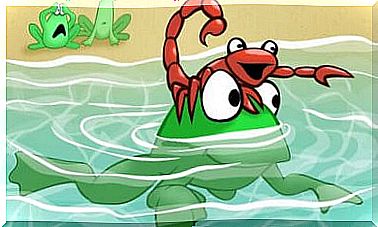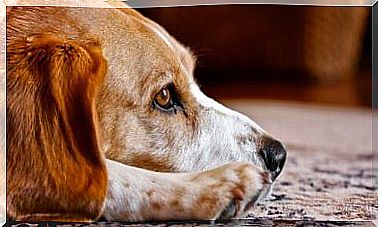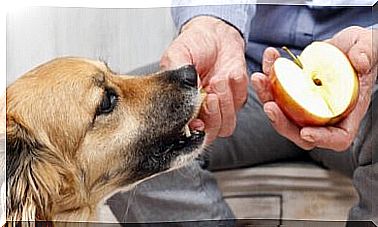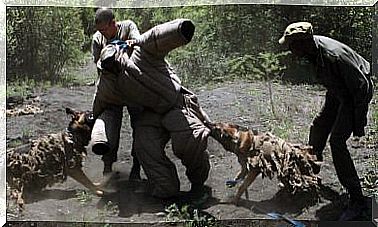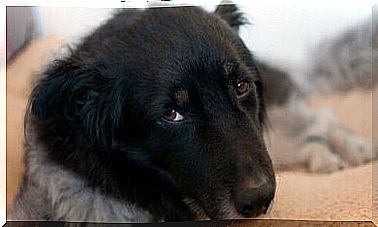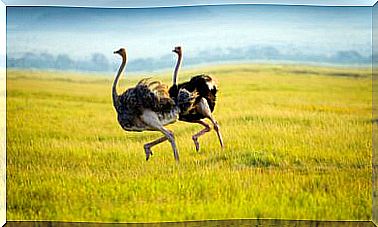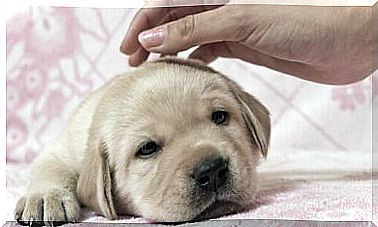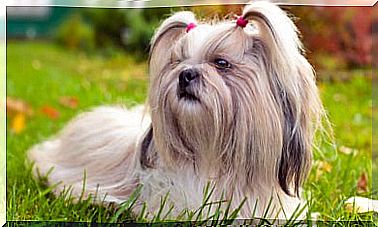Find Out How To Develop A Home Diet For Dogs
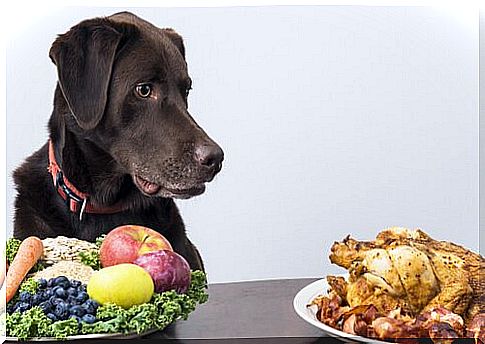
Dogs can follow different diets. Many of them are fed only food, but if you are considering a homemade dog diet, there are several aspects that you need to take into account.
Homemade dog diet
Until recently, dogs ate home or raw food. Feed is a very recent and convenient invention that has replaced the fresh food in the bowls of our animals.
Feed has pros and cons: on the one hand, we make sure that the animals ingest all the necessary nutrients; on the other hand, it becomes boring and monotonous for the dog to always eat the same food. For this reason, some people decide to change the food they give their dog.
A wide variety of diets can be followed: raw, home cooking, a fusion of the first two, and many more. Choosing the most convenient will depend on the dog’s taste and the time you have to cook; and also to the vet in case of physical or behavioral changes.
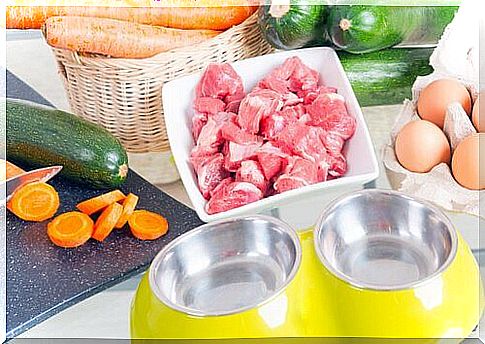
If you are considering changing your dog’s diet, find out what options you have and follow these tips.
Dogs are omnivorous animals
Contrary to what many people think, dogs are omnivores. This means that they need to ingest all kinds of foods to get all the nutrients they need to stay healthy. Dogs are not carnivorous animals and they need nutrients that only vegetables, vegetables or grains can give them.
The percentage of fruit and vegetables compared to meat will depend on the age of the dog and the physical activity it performs. A young, active dog will need more protein; however, an older dog who takes long, quiet naps on the sofa will appreciate lighter foods.
Only you can guess this proportion: try and see how your dog reacts. If you notice him more tired or too active, you will need to adjust the rations. It’s one of the great advantages of a home dog diet: it’s completely customizable.
Make friends with the butcher
Since a large part of your dog’s diet must consist of meat, it’s time to befriend the butcher. Raw diets recommend presenting meat on the bone: in addition to eating, it will clean its teeth and satisfy its innate need to chew and break.
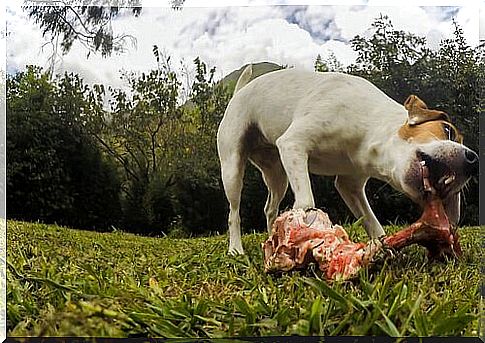
In this the butcher will be your best ally: ask him to keep the remains and bones he would throw away. He can even give you a special price, as he would not have used the meat in question otherwise.
When you give a dog a bone, always give it raw. If you cook it in any way, it dehydrates it: when your dog chews it, it may splinter. Splinters of bone are dangerous, as they can stick and hurt him a lot.
Don’t forget to adapt the size of the bone to your dog either: if it is too small, it can swallow it without chewing and if it is too big, it will hurt the mouth. You can’t give the same bones to a Yorkshire Terrier and a German Shepherd, for example.
Do not combine fresh food with feed
Although some diets combine fresh food with feed, they don’t do it in the same meal. A combined home dog diet features fresh and canned foods on the same day, but not the same meal.
This is because the digestion time is different: the feed, being dry and pressed, needs much longer to digest. Combining cooked food and feed in a bowl will cause your dog to have an upset stomach.
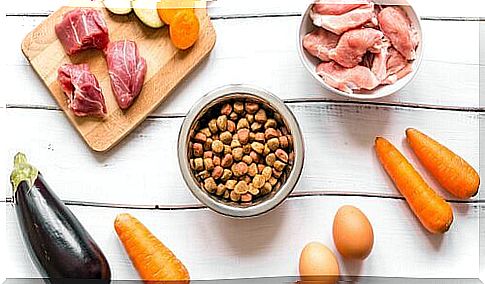
Seasonal fruit and vegetables
Take advantage of seasonal fruit and vegetables for a cheaper shopping and prepare more elaborate dishes for your dog. You can choose from a wide range of vegetables.
Since your dog’s diet is variable and doesn’t always depend on the same flavor, experiment with cooking. You can take advantage of the homemade dog diet to introduce your pet to new flavors and textures every season and find out which ones he loves the most and which ones he avoids.
Check at the vet
Don’t forget to subject your pet to frequent visits to the vet. The vet needs to know if the dog is losing or gaining weight.
Likewise, if you notice any changes in character, if you start to misbehave or show any behavior you have never done before, consult your specialist. Diet is a key element for the health of any living thing and if our dog does not follow it correctly, he could run great risks.
Never neglect annual checkups or routine blood tests. The health of our animals is extremely important and only the vet can assure us that our dog is following the correct diet.
